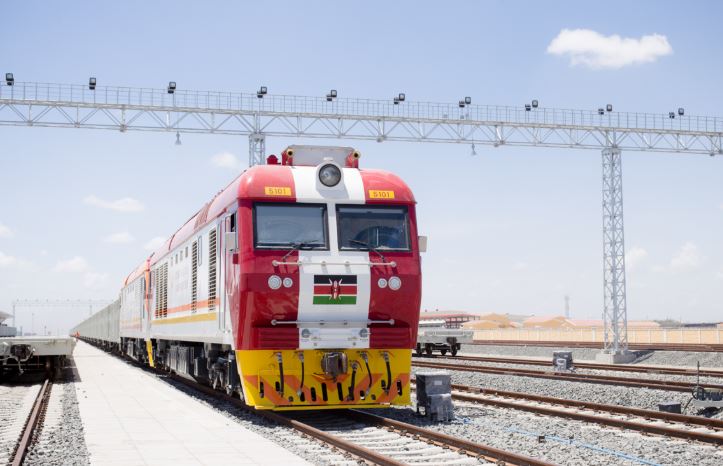×
The Standard e-Paper
Home To Bold Columnists

An all-or-nothing order by State House on one of the Jubilee government’s pet projects led to the loss of billions of shillings as unscrupulous dealers descended on it to loot.
An audit of the Standard Gauge Railway (SGR) that Sunday Standard has seen reveals how Kenyans lost more than Sh4 billion in intricate land compensation deals that oiled the 472-kilometre gravy train as it snaked its way from Mombasa to Nairobi.